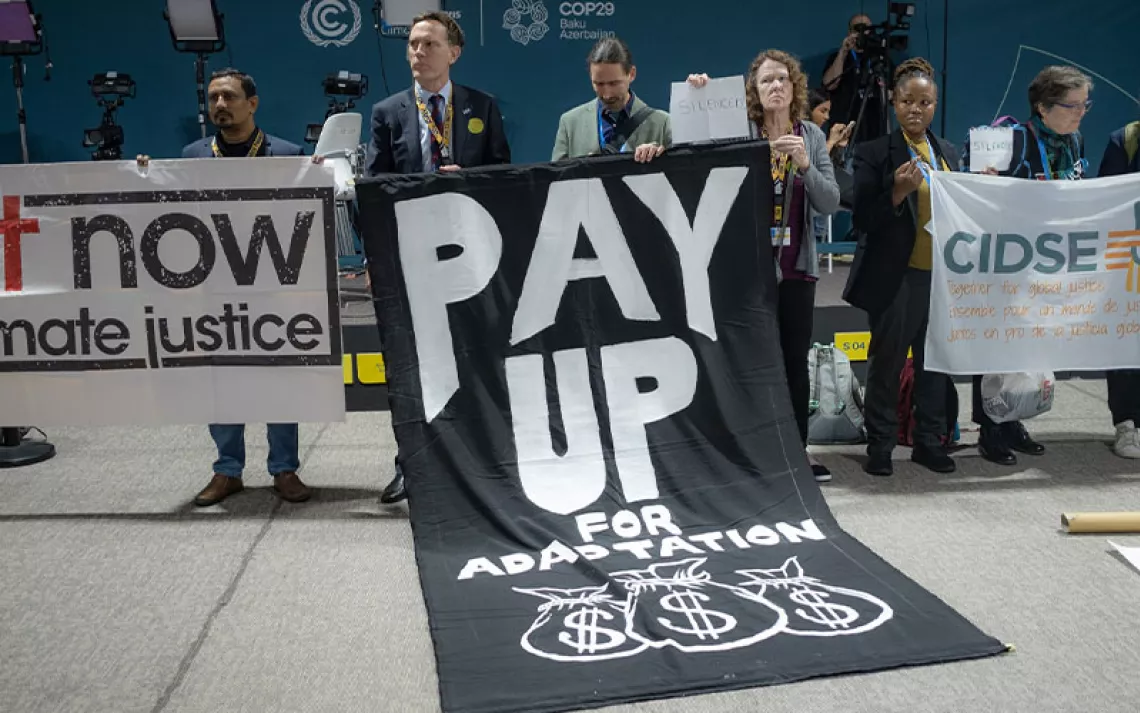Two Months of Environmental News, One Page
September 2015 is the hottest September in recorded history.

ExxonMobil, the world's largest oil company, was aware of the link between atmospheric carbon dioxide and climate change as early as 1981. Since then, according to a Greenpeace estimate, it has spent some $30 million funding climate change denial.
The United States, Japan, and 10 other Pacific nations conclude negotiations on the Trans-Pacific Partnership trade deal, despite fears that it will result in weakened environmental protections and an increase in fracking for natural gas.
Conservationists seek "threatened" status for the Mojave Desert's iconic Joshua tree.

A new species of lichen discovered in Appalachia is named after country singer Dolly Parton.
Shell Oil abandons plans to drill for oil in Arctic waters.
The Interior Department cancels two oil-drilling lease sales in the Arctic Ocean.
The Sierra Nevada snowpack is the lowest in 500 years.
The drought in California gives rise to a new industry: lawn painting.
Californians reduce their water usage in the summer of 2015 by more than 30 percent, exceeding the target cutback of 25 percent.
A study by the University of California, Davis finds bits of plastic or other artificial material in the guts of one-quarter of the fish sampled in California and Indonesia.
Two huge new marine reserves roughly the size of Texas are established by Chile (244,000 square miles around Easter Island) and New Zealand (240,000 square miles in the South Pacific).

The Associated Press recommends that climate change deniers be called "climate change doubters" or "those who reject mainstream climate science."
China announces a cap-and-trade program aimed at reducing greenhouse gas emissions, to begin in 2017.

NASA scientists find strong evidence of flowing water on the surface of Mars.
Every fourth grader in the United States and their family can visit national parks for free throughout the 2015-16 school year.
 The Magazine of The Sierra Club
The Magazine of The Sierra Club



